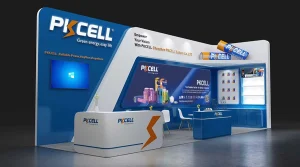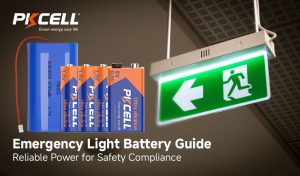Emergency lights rely heavily on their batteries to provide a reliable source of power when the main electricity supply fails. The battery in an emergency light ensures continuous illumination during blackouts, natural disasters, or other emergencies, which is crucial for safety and visibility. These batteries are designed to automatically charge when power is available and instantly activate when the power goes out, offering seamless backup lighting. High-quality rechargeable batteries not only enhance the reliability of emergency lights but also contribute to sustainability and cost-effectiveness by reducing the need for frequent replacements. In critical areas such as stairwells, exits, and medical facilities, dependable battery-powered emergency lighting is essential to maintain calm and guide people safely during power outages.
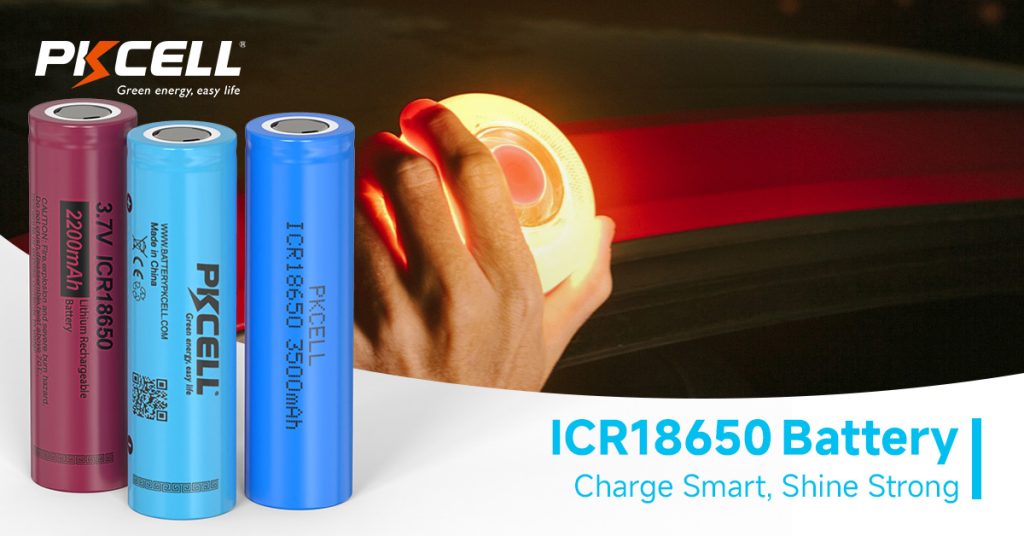
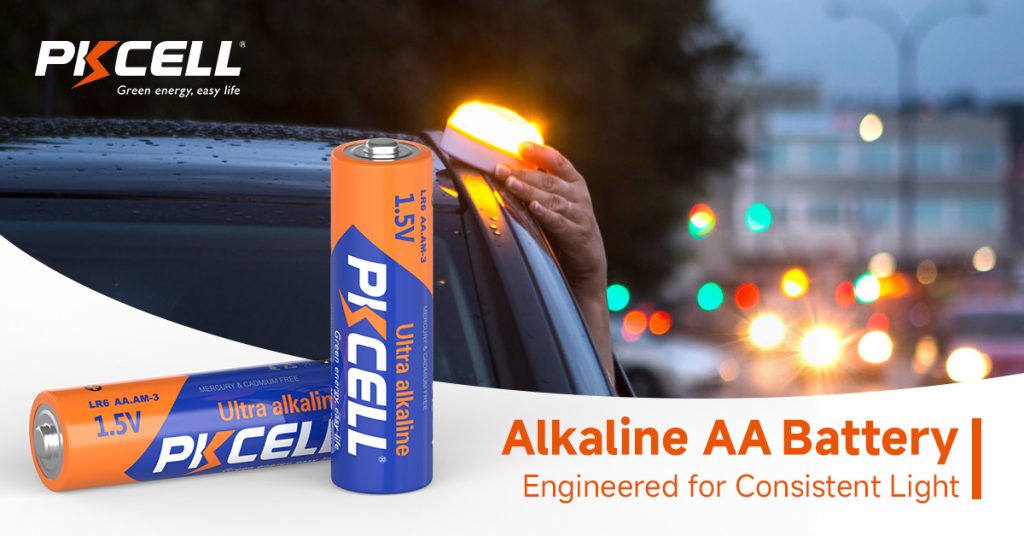
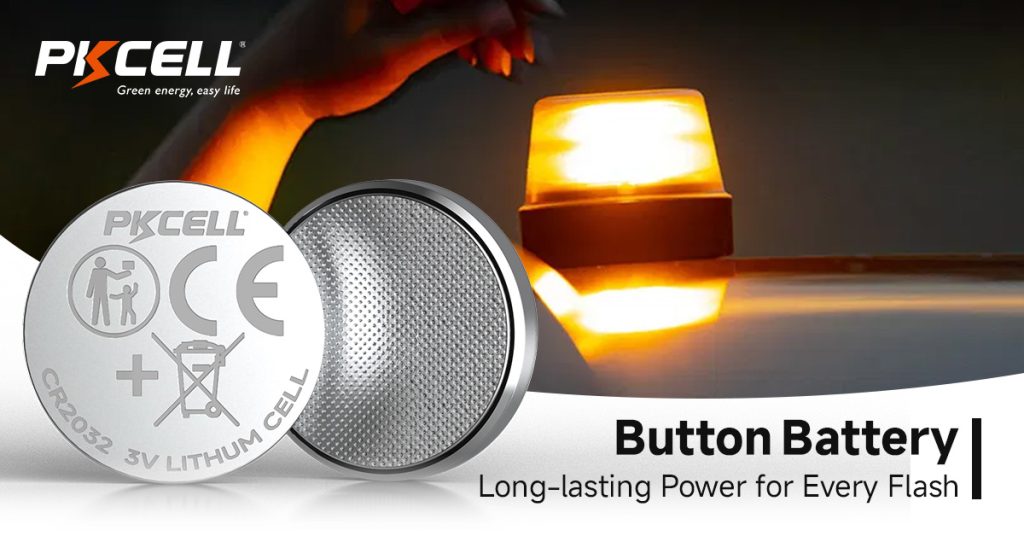
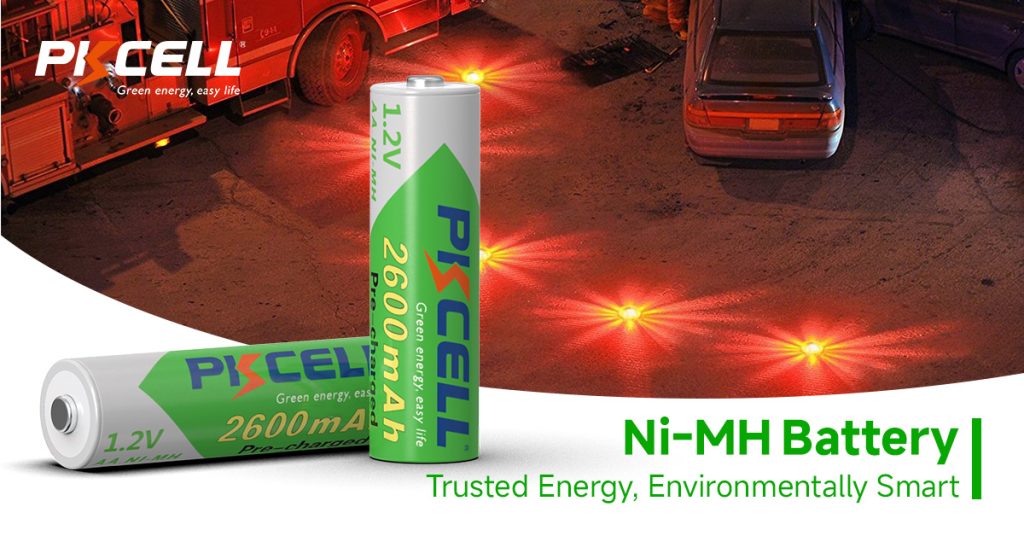
Don’t Be Left in the Dark: Your Guide to Emergency Light Batteries
We’ve all been there is a sudden power outage turns your home into a pitch-black maze. You fumble for your emergency light, flip the switch, and… nothing. Or worse, it flickers and dies after just a few minutes.
This common frustration almost always leads back to one critical component: the battery
Your emergency light is only as reliable as the battery inside it. To ensure you’re never left in the dark, here’s what you need to know.
Why the Right Battery Matters
An emergency light isn’t a regular flashlight. It sits idle for 99% of its life but must spring to life instantly and provide hours of bright, reliable light when you need it most. A poor-quality or incorrect battery can lead to:
Total Failure: The light doesn’t turn on.
Short Runtime: The light dies just when you need it.
Battery Leakage: Corroded terminals can permanently damage the light.
Reduced Lifespan: Damaging the light’s internal circuitry.
The Most Common Types of Batteries for Emergency Lights
Not all emergency lights use the same battery. The two most common types are:
1. The SLA, Sealed Lead-Acid Batteries
What they are: The workhorses of the emergency light world. They are rechargeable, reliable, and cost-effective.
You’ll find them in: Larger plug-in emergency units, exit signs, and commercial lighting.
Pros: Affordable, good capacity for longer runtimes.
Contras: Heavier, have a shorter lifespan around 3-5 years, and can lose charge over time when not in use.
2. Nickel-Metal Hydride Batteries
What they are: A modern, more advanced rechargeable battery. Often found in newer or higher-end models.
You’ll find them in: Compact plug-in units and many portable emergency lights.
Pros: Lighter, no “memory effect”, which means you can recharge them without fully draining them, longer lifespan, and more environmentally friendly.
Contras: More expensive than SLA batteries.
A quick note on Alkaline Batteries: Some portable emergency lights can use standard alkaline batteries (like AA or D-cells) in a pinch. However, they are not recommended for primary use as they are not rechargeable and will deplete quickly if the light is left on.
Essential Maintenance Tips: Be Prepared!
1.Test Monthly
This is the golden rule. Most emergency lights have a “TEST” button. Once a month, press and hold this button to ensure the light switches to battery power and stays bright. If it’s dim or doesn’t turn on, you know it’s time for a new battery.
2. Know the Lifespan
Even with perfect care, rechargeable batteries have a finite life
SLA Batteries: Typically last 3-5 años.
NiMH Batteries: Can last 5-7 years with proper care.
Mark your calendar or set a reminder to replace them after this time, even if they seem okay.
- Look for Warning Signs
The light can’t hold a charge during the monthly test.
The case of the battery is bulging or cracked.
You see any signs of corrosion or leakage.
How to Choose a Replacement Battery
If it’s time for a swap, don’t just guess! Here’s how to get the right one:
Check the Old Battery: The best way is to remove the old battery (with the unit unplugged!). It will have the Tensión (V) y Ampere-Hour (Ah) rating printed on it, such as “6V 4.5Ah”.
Check the User Manual: The manual will specify the exact battery model or type required.
Match the Specifications Precisely: En voltage must match exactly. The Ah rating can be equal or slightly higher for longer runtime, but never lower.

 Batería de litio recargable por USB
Batería de litio recargable por USB
